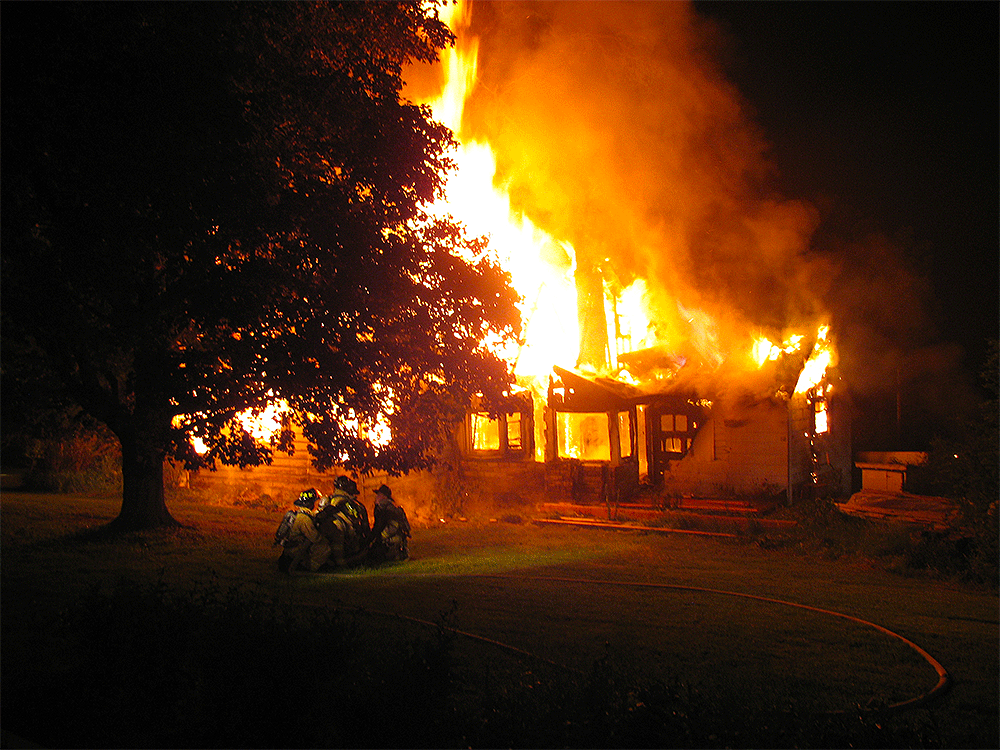Local fire departments in the United States responded to around 1.35 million fires in 2021, according to a September 2022 report from the National Fire Protection Association (NFPA). These fires killed an estimated 3,800 civilians and injured around 14,700 while causing nearly $16 billion in damage.
House fires made up around 20% of fires in 2021, but were responsible for an estimated 64% (2,440) of civilian deaths and 54% (8,000) of civilian injuries. The NFPA’s report shows that from 2020 to 2021, the number of one- or two-family home fires dropped 5% and injuries decreased by 7%. In the same time period, deaths rose by 9% and property damage increased 3%.
House fires can often spread rapidly, leaving occupants only a minute or two to safely escape once a smoke alarm sounds. Because this kind of emergency requires quick action, it is imperative homeowners form a fire emergency plan. When creating your plan, the NFPA suggests you consider the following:
- When practicing your escape plan, use that time to ensure exit routes are clear and doors and windows can be easily opened. Everyone in your home should practice your plan at least twice a year.
- Choose an outside meeting place a safe distance from your home for everyone to reconnect after escaping a fire.
- Make sure your street number is clearly visible from the road so emergency responders can locate your home easily if you call for help.
- Any windows or doors that have security bars should be equipped with an emergency release device so they can be opened immediately in case of a fire.
- Plan ahead for how you will assist anyone in your home who has a disability if you need to evacuate.




